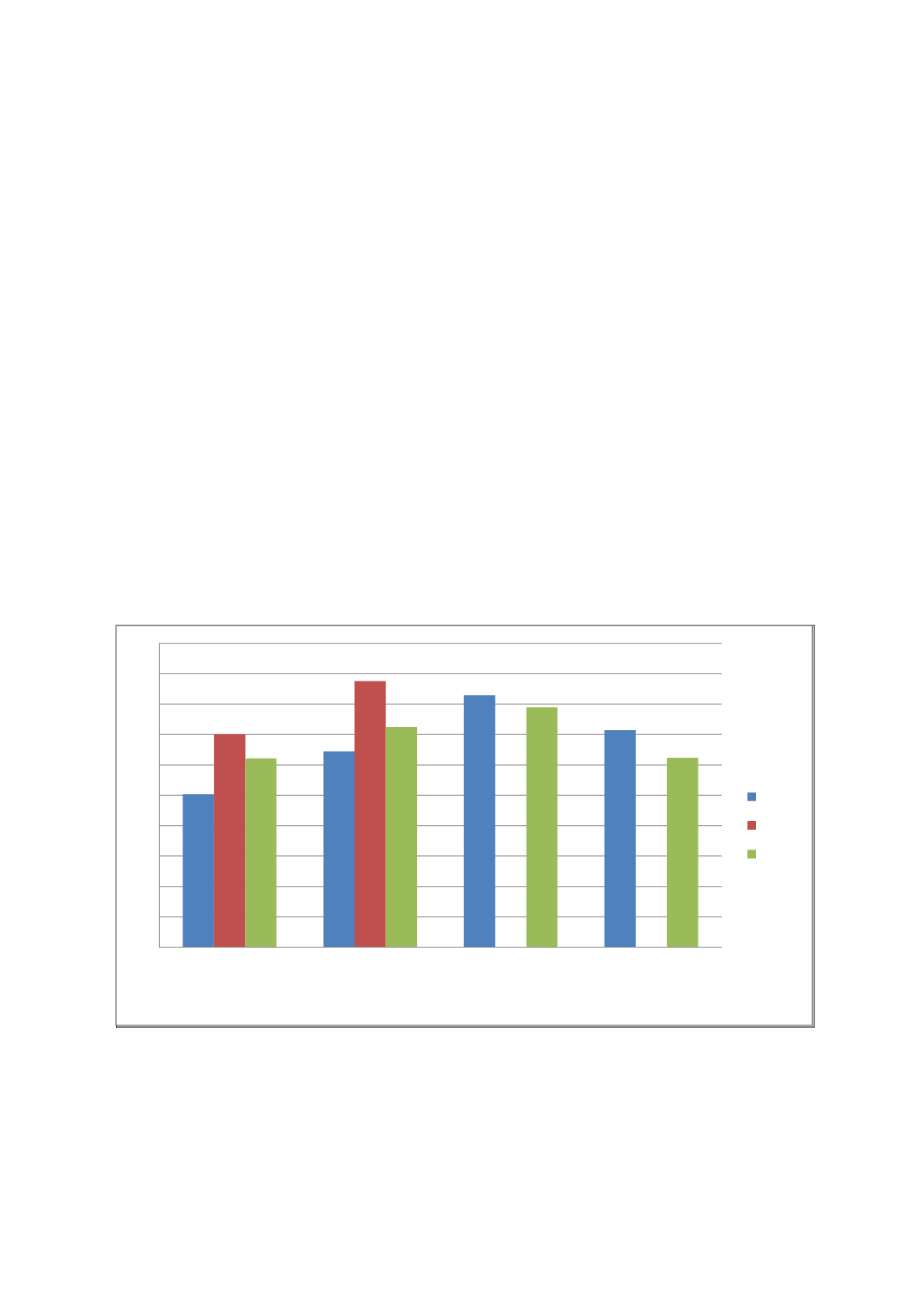

172
However, independent assessment of learning outcomes show that among those already in
school, more than half of the children cannot read or write indicating that they are not learning;
about 63% of rural children cannot read at all; also about 84% of children from poorest
households cannot read at all (Daniels 2016). Nigeria appears to have a pervasive low learning
challenge at all levels of education (Ogbonna 2016). The Nigeria’s Multiple Cluster Indicator
Survey (MICS) data suggests that the higher a households' economic status the higher their
children's literacy and numeracy rates (NPC & RTI, 2016). Below, a number of data sources are
used to document the level of student achievement in Nigeria with a focus on family wealth.
There are different surveys with differing information such as Nigeria Education Data Survey
(NEDS) and Multiple Cluster Indicator Survey (MICS). The Monitoring of learning achievements
(MLA) data suggests a decline in the quality despite the combined effort of the government and
international development partners that are supporting educational development in the
country. The MLA report by the Federal Ministry of Education on primary four level learning
shows that vast majority of the pupil that participated in the study scored below average in both
literacy and numeracy test. Only one out of five primary four pupils showed they had the
expected competency in relation to the primary four national curricula (Ogbonna, 2016). As
summarized in
Figure 3.4.4
, the national literacy mean score even declined from 35.05 in 2003
to 31.07 in 2011. Similarly, the national numeracy means score declined from 43.81 in 2003 to
36.28 in 2011. The decline was observed in public and private schools as well as urban and rural
areas.
Figure 3.4.4: FME Primary MLA Literacy and Numeracy Percentage Mean Scores 1996-2011
(Grades 4 and 6)
Data Source:
Ogbonna (2016). Notes: (a) In 2011 MICS, Literacy is measured by a child’s ability to identify or
name at least ten letters of the test language alphabets and whether a child is are able to read at a minimum of
four simple and popular (this definition is also adopted throughout this report). (b) In 2011 MICS, numeracy is
measured by a child’s ability to recognize and mention symbols of at least numbers one to ten; if a child gets at
least two of these correctly, such a child is considered to be on track developmentally (this definition is also
adopted throughout this report). (c) All non-state schools, including religious schools are considered as private
as noted earlier, hence, it is believed that religious schools are also included in the private category.
0
5
10
15
20
25
30
35
40
45
50
Mean score
(literacy , grade 4)
Mean score
(numeracy, grade
4)
Mean score
(literacy , grade 6)
Mean score
(numeracy, grade
6)
1996
2003
2011
















